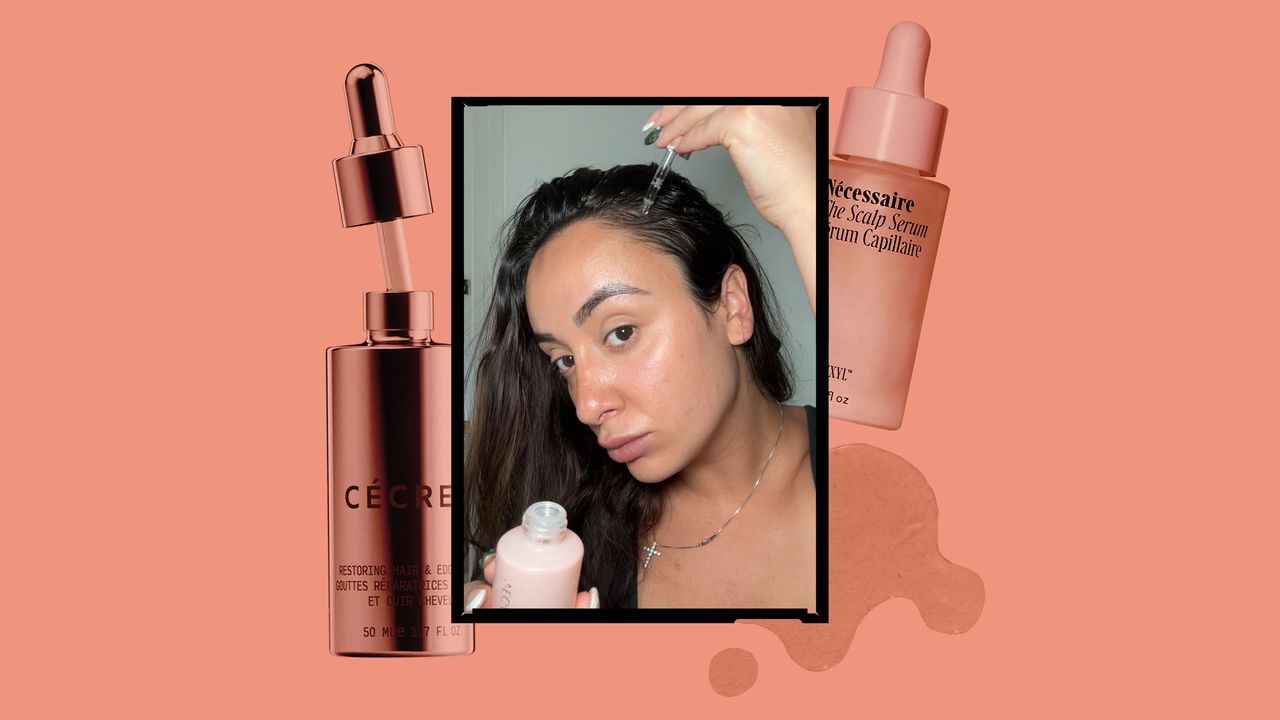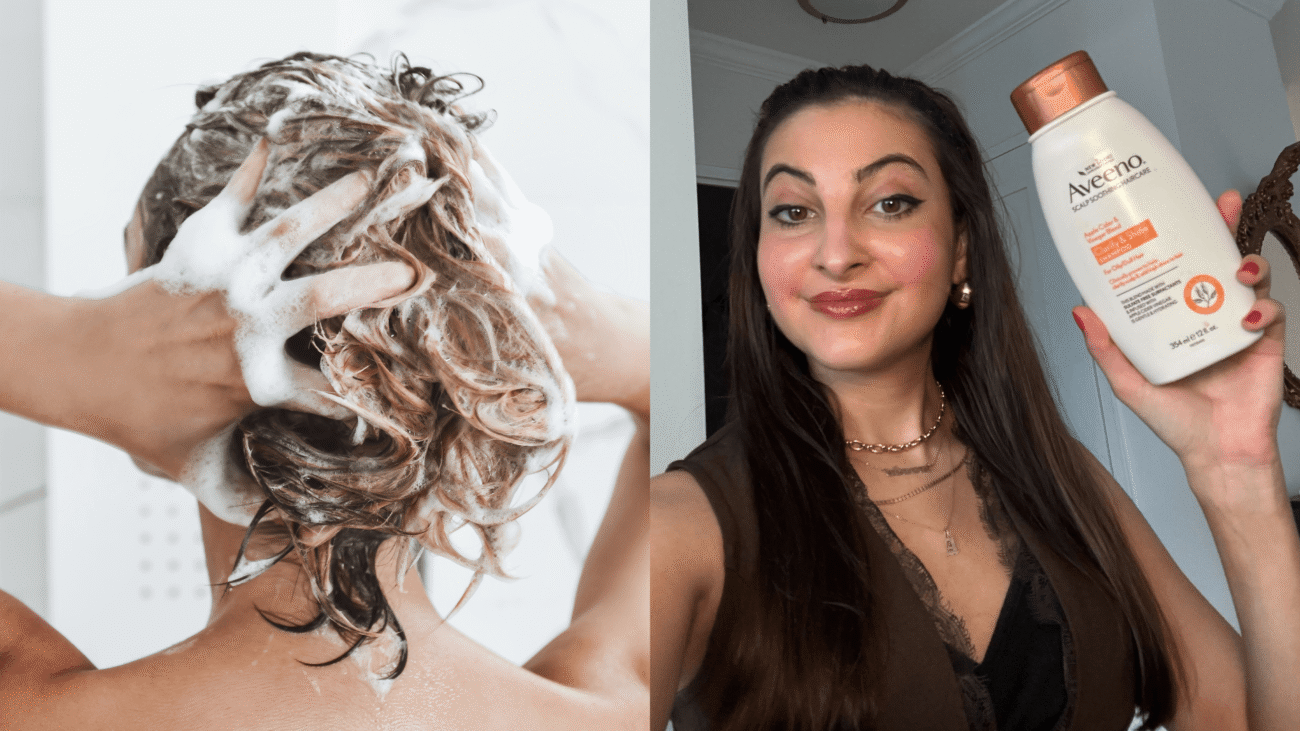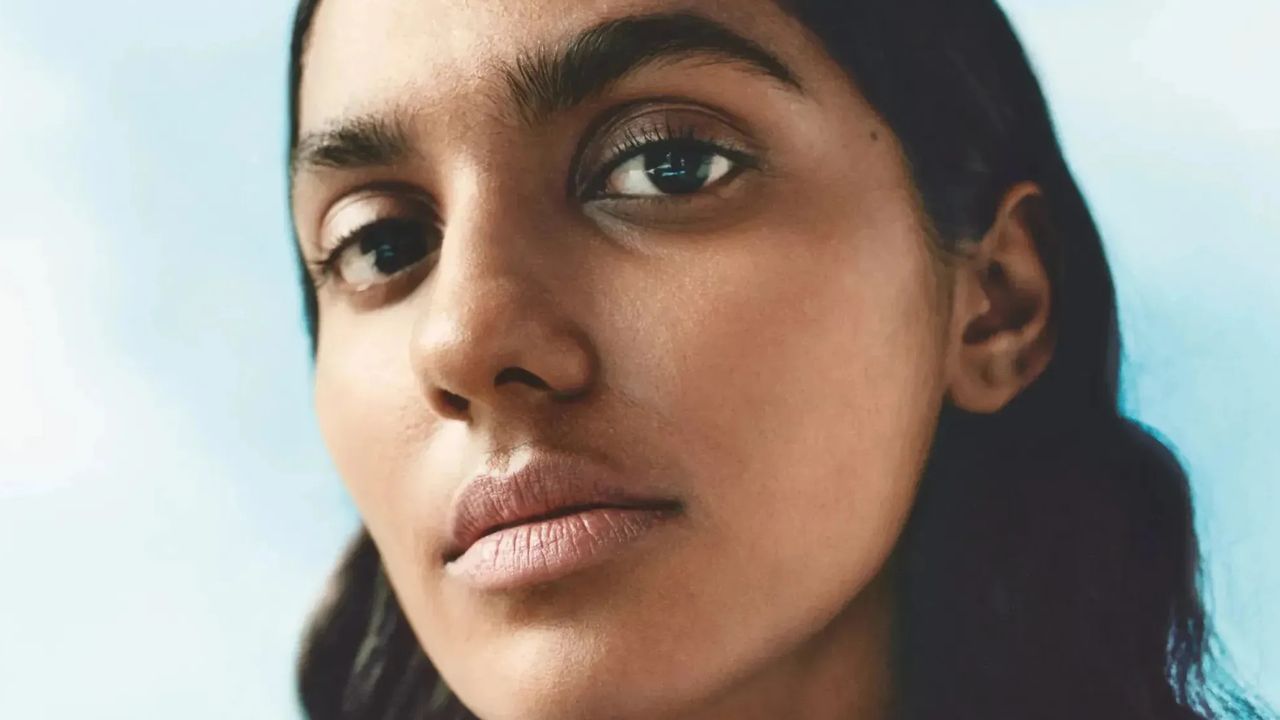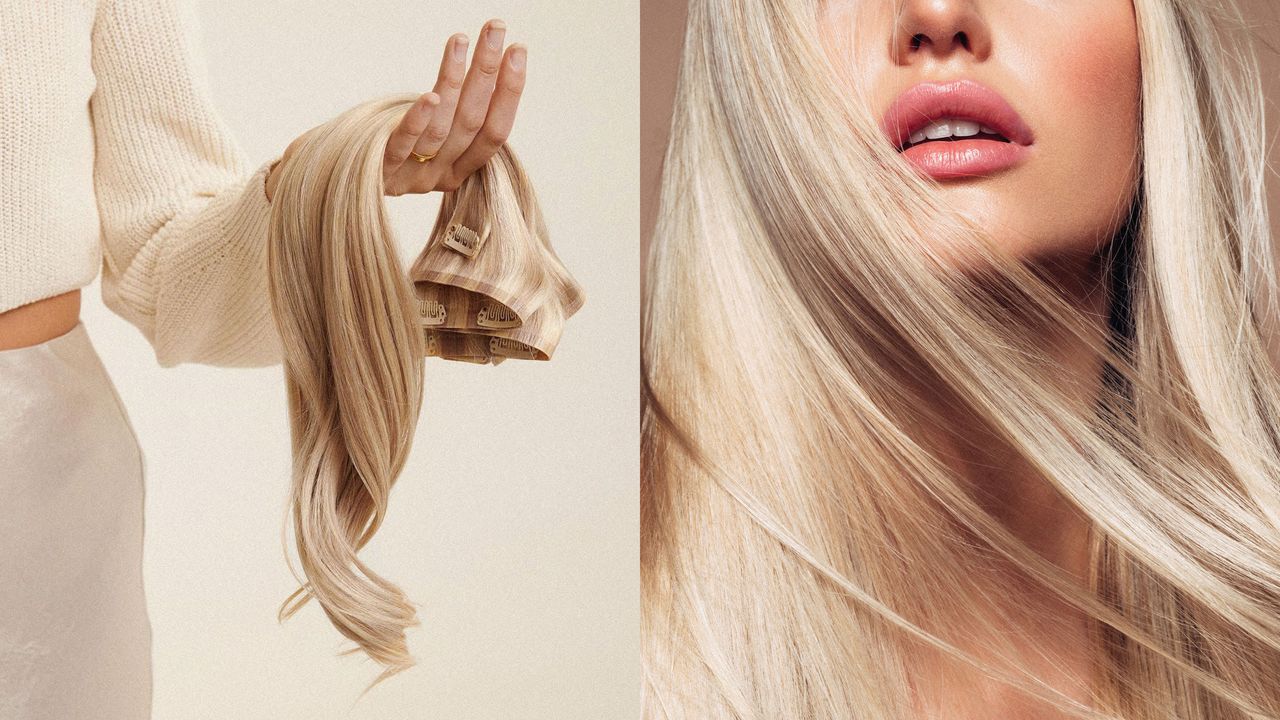Blog
5 ways your hair changes after 40 and how to care for it
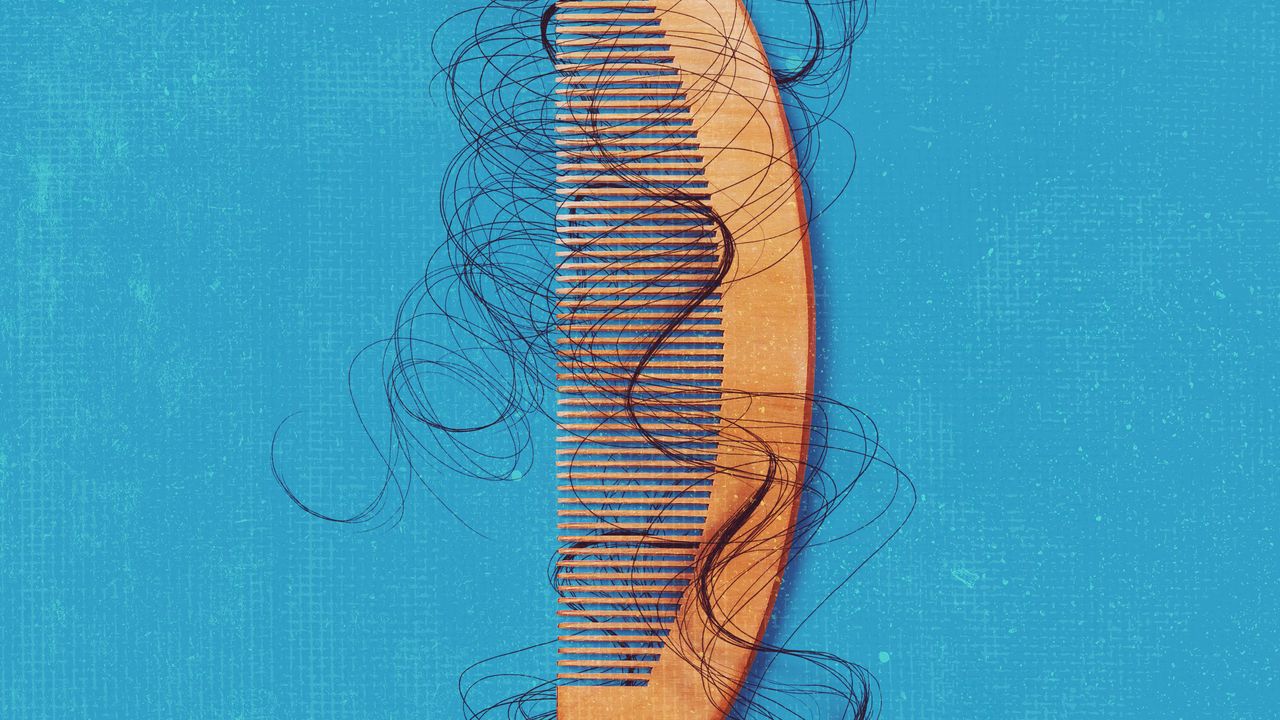
At the same time, your skin may produce or retain less natural oil as you age—due to the same estrogen dip noted above—which can lead to a Sahara-like scalp as well as parched strands, Dr Goh points out. (It’s the same reason you might find yourself reaching for a thicker, more hydrating moisturiser as you hit your 40s and beyond.)
Folks with curly hair might be especially vulnerable to these texture changes, as well as the damage and loss that can follow, because this hair type tends to be more fragile, Dr Goh notes. “You might not even be doing much chemical processing or intense styling, but with normal exposures and weathering, it can experience breakage at this age.”
4. It could lose some of its previous lustre
A shift in the appearance of your hair can go hand-in-hand with the texture changes mentioned above. Less overall moisture coating your skin and scalp also means less of it can travel down each hair shaft and give each piece its shine, Dr Goh says. And years of exposure to heat, chemicals, and environmental muck can also strip away some of your hair’s natural gloss, leaving it looking duller, Dr Lo Sicco notes. It could be the first difference you notice or one that comes alongside brittleness and breakage.
5. And yes, it could sport some (more) greys
You know by now that grey strands can make themselves known before age 40, but after this point, you’re especially likely to notice them. We start to lose the pigment-producing cells in our hair follicles, called melanocytes, as we age, and the ones we have left stop making as much melanin (the tint that colors hair). The reason why isn’t clear, but we do know there’s a genetic component, Dr Shepherd says. So there’s a good chance you’ll go grey around the same age and to a similar extent as your elders. And your ethnicity could influence when that happens for your family: Research suggests white people tend to see grey in their mid-30s, followed by Asian folks in their late-30s, and Black people in their mid-40s (though when it comes to other populations, data is lacking).
That said, there’s also evidence that stress can play a role in going grey, Dr Goh says. “For a long time, researchers thought that presidents went grey because they were just of the age when that happens and not because they were especially stressed out—but recently, we’ve seen data showing that if you stress mice, for example, they go grey faster.” (Researchers suspect that the nervous-system activation of constant stress could knock out the cells that produce melanocytes.) So it’s possible that the pile-on of stressors common for folks in their 40s—maybe you’re hitting the peak of your career while also taking care of kids and ageing parents—can spur on the greying process. Dr Goh emphasises, however, that it isn’t about how you handle stress. “You could be the most balanced person in the world, but there are a lot of unavoidable stressors, and your body can still react,” she says.
How to care for your hair in your 40s and beyond
To support your strands for the long haul, it’s helpful to tweak your hair routine with the above changes in mind—starting with how you clean it.

